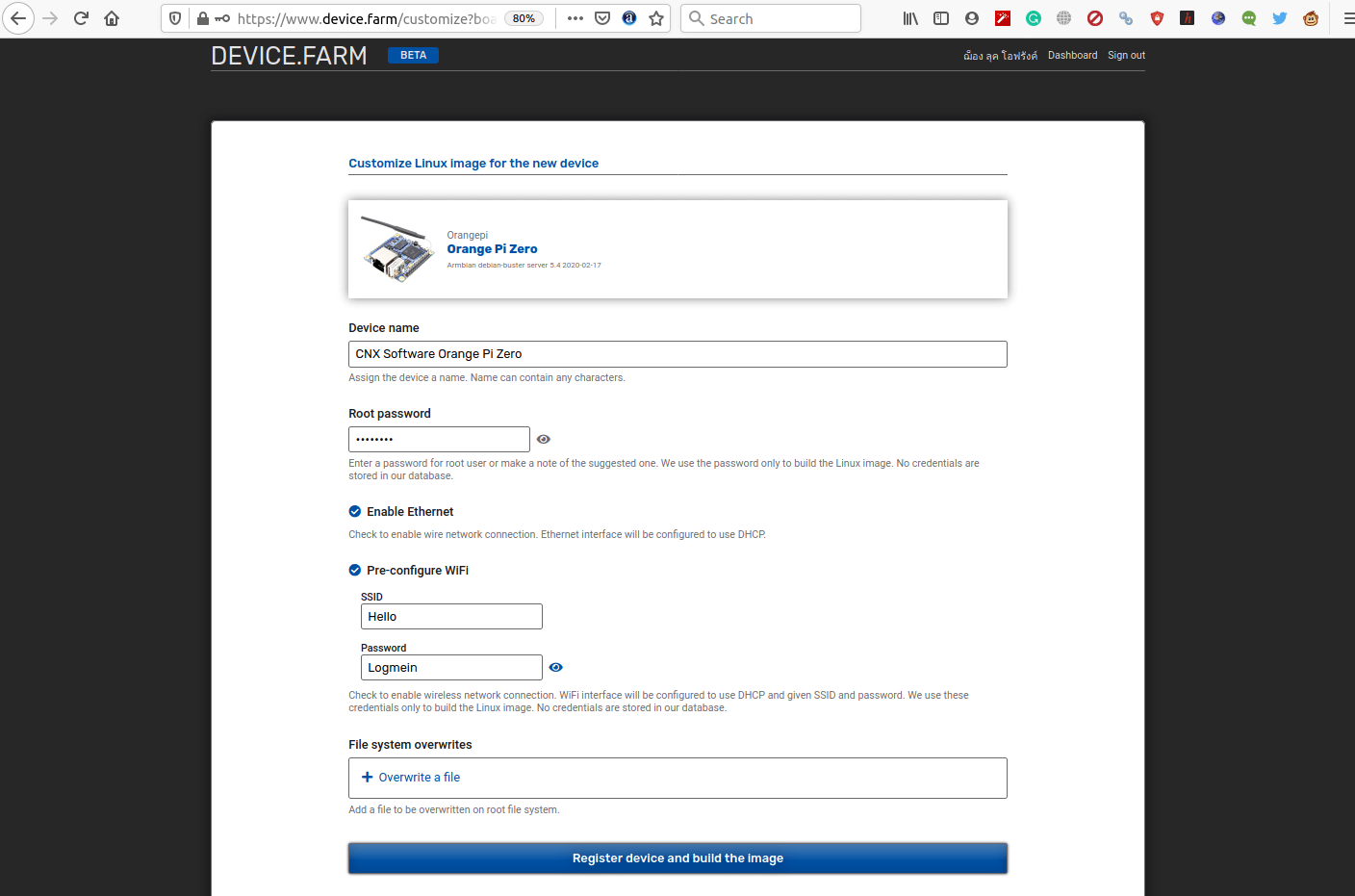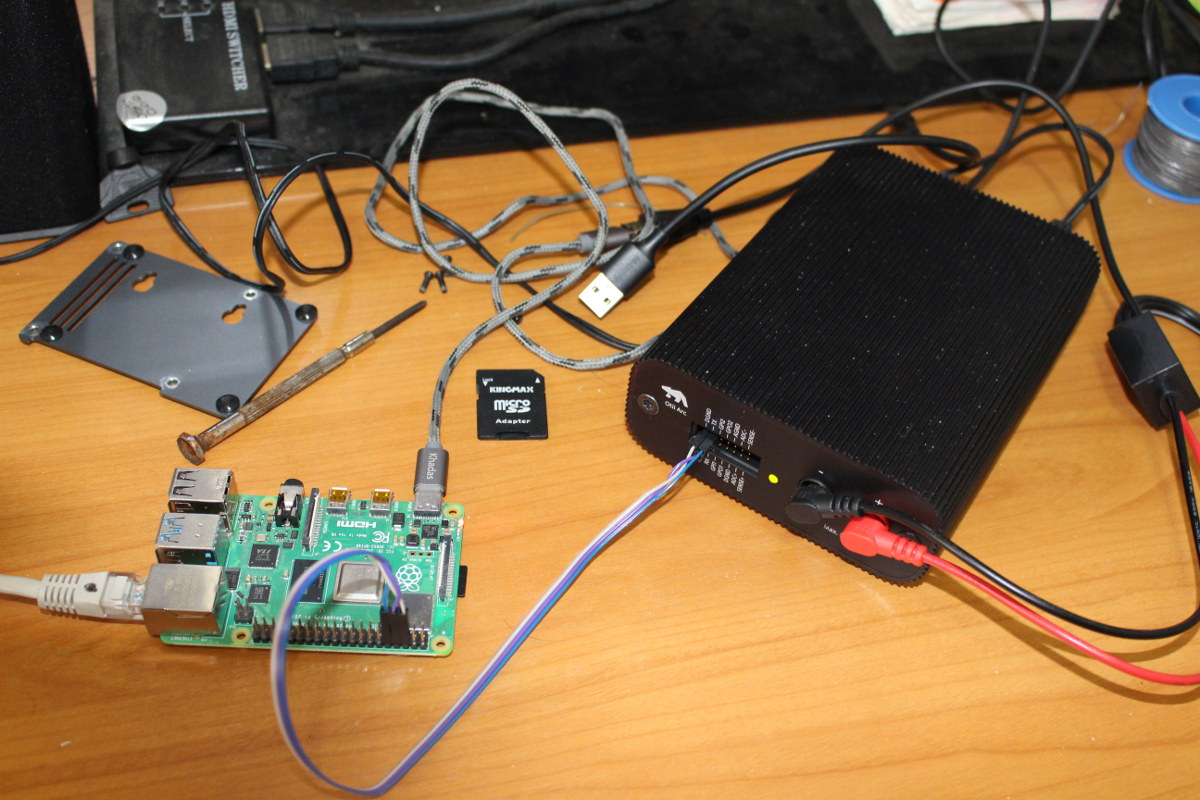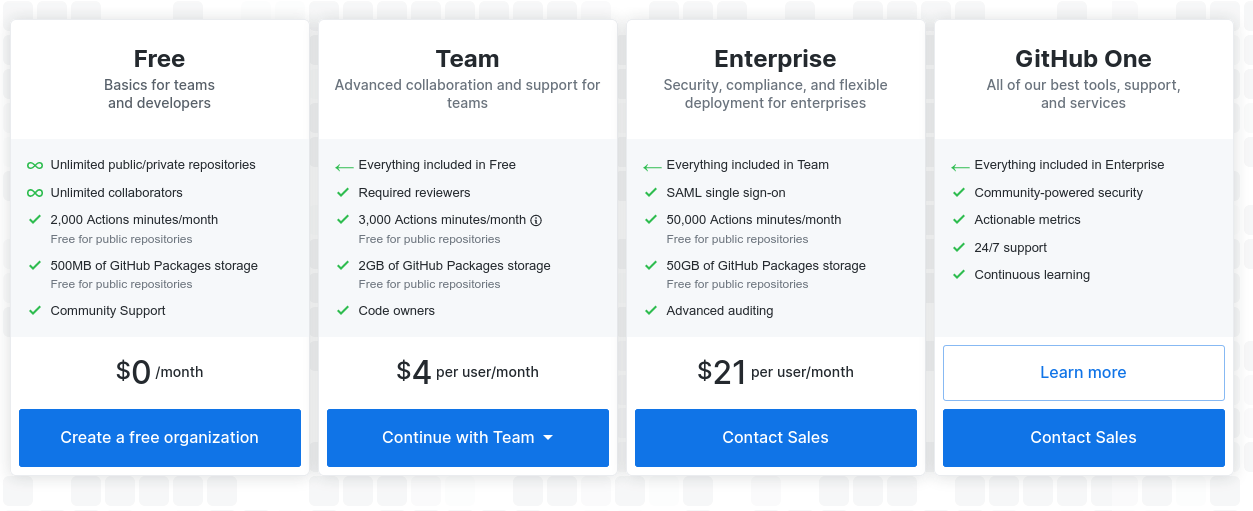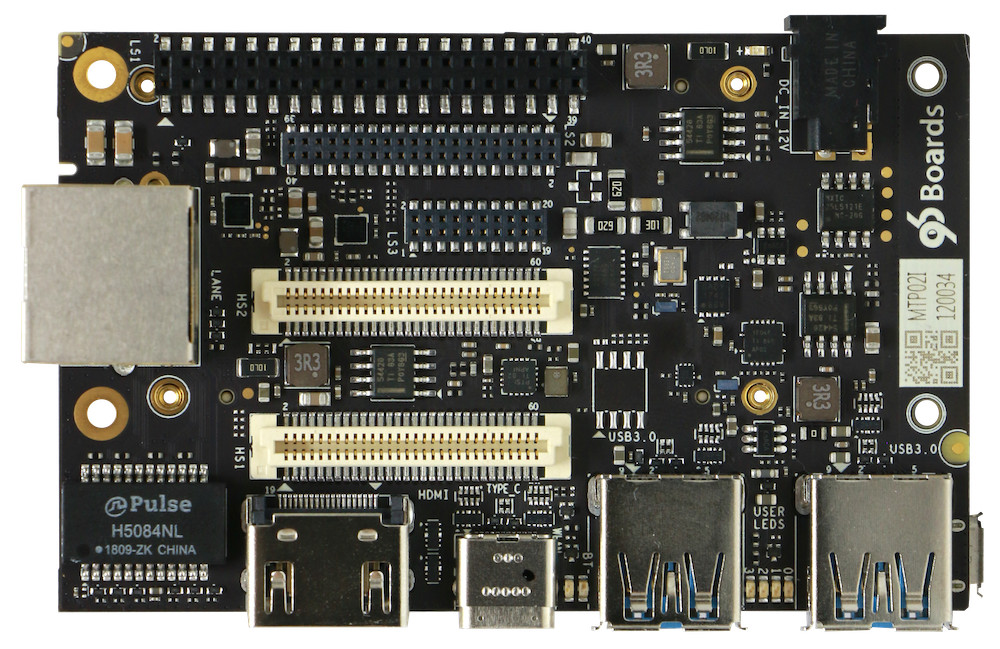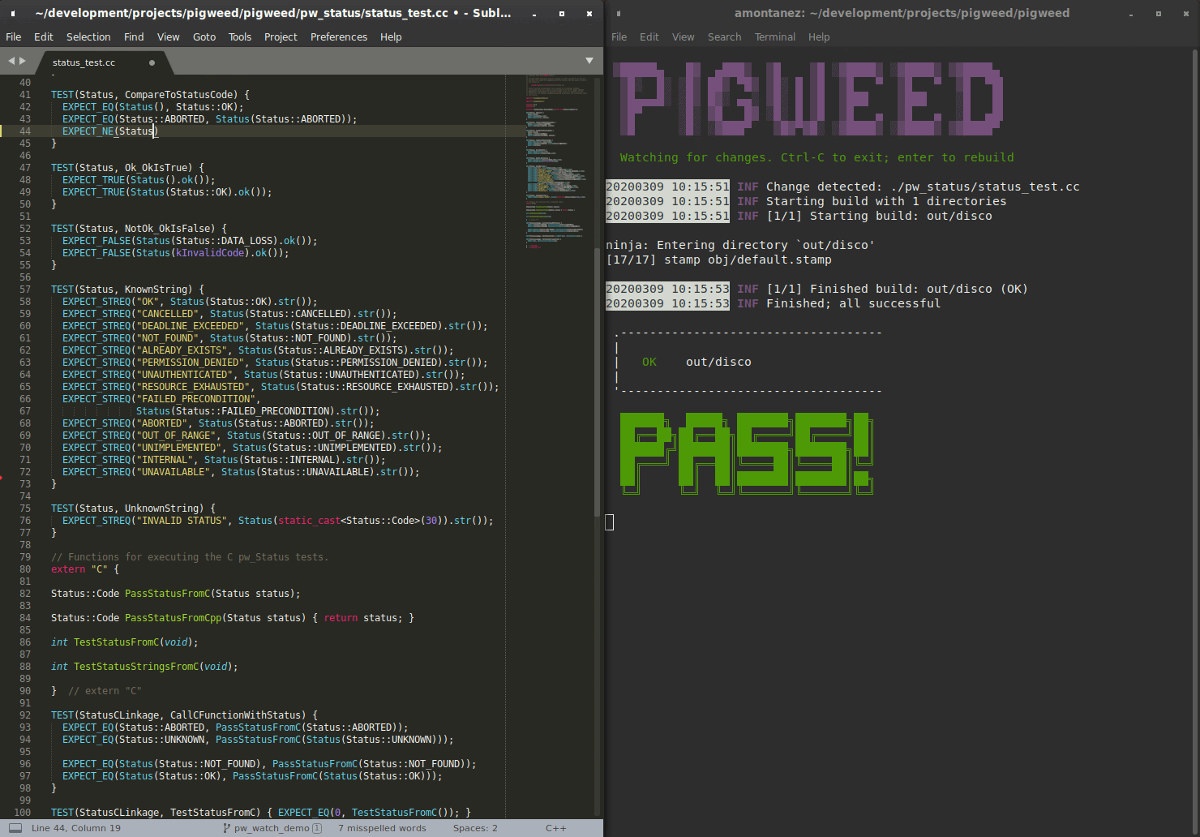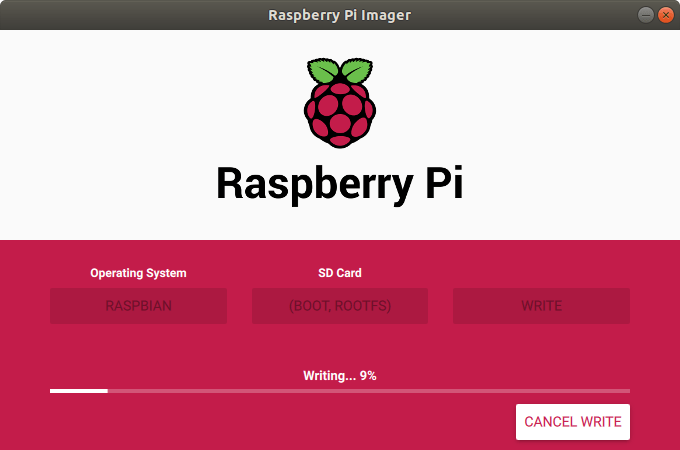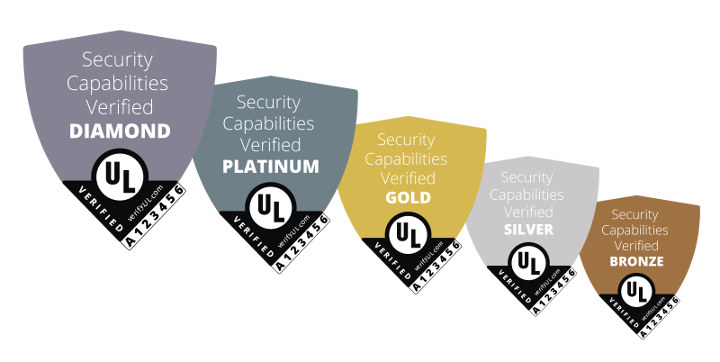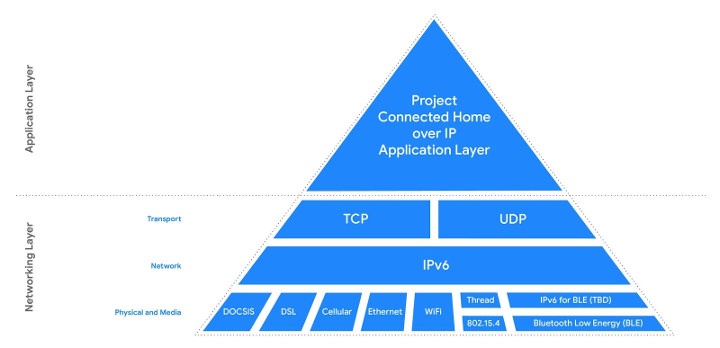Last year, I reviewed BalenaOS and BalenaCloud on Raspberry Pi CM3L based BalenaFin hardware. The solution generates OS images with docker support in order to easily manage and update a fleet of devices remotely over a web interface or client program. Balena.io supports over 60 boards either officially, or thanks to the work of the community, but Pavel Burgr is developing an alternative with DEVICE.FARM supporting close to 100 Arm SBC’s including Raspberry Pi boards, and most Armbian supported Arm SBC’s. DEVICE.FARM is still beta, but the MVP (Minimum Viable Product) version of the website provides: Customized images for supported boards (currently 94 boards) Preinstalled docker Secure remote access to the device’s docker end-point Secure remote access to the device’s services exposed by containers This is functional, but bugs are likely, and documentation still needs to be finalized. I don’t have a board with me, but I tried to generate […]
Getting Started with Qoitech Otii Developer Tool using ESP8266 and Raspberry Pi 4 Boards
Last month, I received Qoitech Otii Arc power supply, power meter, and DAQ unit that aims at helping hardware and software engineers develop energy-efficient products. I’ve now had time to test the unit with an ESP8266 board and Raspberry Pi 4 SBC, so I’ll show how to get started and my overall experience with the hardware and program. Requirements and Initial Setup The unit takes a 9V power supply or micro USB adapter as power input, but power output is done through banana plugs. I did not have any cables with banana plugs so I bought one on eBay for about $5 shipped. This cable is really convenient with output to USB (female connector), crocodile clips, and hook clips. However, as we’ll see below it may not be suitable for all types of loads, and you may have to make your own with a higher rated cable. You’ll need to […]
GitHub Now Supports Unlimited Collaborators in Free Private Repositories, Lowers Monthly Fees
GitHub has always been free to use with basically no limits on public repositories, but until now developers could only use GitHub for their private projects with up to three collaborators per repository for free and had to switch to a paid plan to work with a larger team. The limit on the number of collaborators has just been removed in GitHub Free, and the company also lowered the price of their monthly plans with the following key changes: GitHub Free plan for teams with unlimited collaborators in private repositories, 2,000 GitHub Actions minutes/month, and GitHub Community Support. Unlimited collaborators in private repositories as part of GitHub Free plans. Monthly pricing for the Pro plan has been reduced from $7/month to $4/month (Now only available as part of Student Developer Pack, see FAQ) Monthly pricing for the paid Team plan has been reduced from $9/user to $4/user. Actions minutes and […]
DragonBoard 845c Android (AOSP) Reference Board Supports Open Source Graphics, Mainline Kernel
Besides the obvious Google Pixel and Nexus devices supported by AOSP (Android Open Source Project), we previously covered some single board computers that were also officially supported by the project with Hikey and Hikey 960 Android reference boards. Linaro Consumer Group (LCG) has just written about Qualcomm Snapdragon 845 based Dragonboard 845c board. It has been now an official Android reference board for a few months now, and it is the first such board with an open-source graphics stack thanks to Freedreno graphics driver and mesa framework. Since no proprietary blobs are required, the board’s full functionality can also be upstreamed into the mainline kernel, and Linaro currently uses the board as a test target for validating the mainline kernel and stable updates. Here’s a reminder of the board’s hardware specifications: SoC – Qualcomm Snapdragon 845 with 8x custom 64-bit ARMv8 CPUs up to 2.8 GHz, Adreno 630 GPU with […]
Google Pigweed Libraries Streamline Embedded Software Development on 32-bit Microcontrollers
There are many components required for embedded software development, including cross-toolchain, a build system like buildroot or YoCto Project, and debugging tools like OpenOCD. Once you’ve installed those, development involving several steps including building the code, flashing it to the board, and then running the program on the target. Google would like to make embedded software development to be as easy as web development as possible, similar to editing a file and running it in a web browser, so they’ve just released Pigweed open-source collection of embedded-targeted libraries/modules to streamline the development process for 32-bit microcontrollers such as STMicro STM32L452 or Nordic Semi nRF52832. Pigweed aims to help all steps of the process including tools/environment setup, program development, and code submission. Setup consists of running a bootstrap script that will automatically install tools such as Python 3.8, clang-format, and an Arm compiler in a virtual environment in order to leave […]
Raspberry Pi Imager Makes Flashing OS Images Easier on Windows, macOS and Ubuntu
Most regular readers of this blog will probably find flashing operating system images to a MicroSD card to be child play. Just download the latest OS image, install balenaEtcher, select the image, the MicroSD card and you’re done. But people who have never used such tools may find it a bit confusing, so the Raspberry Pi Foundation has developer and now released a tool – Raspberry Pi Imager – working on Windows, macOS, and Ubuntu that makes it even easier. You’ll find the tool for your OS of choice on the Download page on Raspberry Pi website. I’ve given it a try in Ubuntu 18.04. Click on Operating System will bring you a list of the latest supported operating systems, an option to fully erase the MicroSD card, and another to install your own – already downloaded – custom image. I’ve selected Raspbian 2020-02-13, inserted my SD card and selected […]
UL IoT Security Rating System Ranks IoT Devices Security from Bronze to Diamond
Underwriters Labs (UL) is better known for its electrical safety certification programs, but in 2016, the company introduced three UL 2900 IoT security standards that defined requirements of software cybersecurity for network-connectable products. Four years later, you may not have heard many products adhering to UL 2900, and Laurens van Oijen, IoT security solution leader at UL, recognizes that ” the UL 2900 set the bar too high for most consumer electronics/IoT companies” according to a report on CE Pro. So instead the company has launched the UL IoT Security Rating System last May with 5 levels of “security capabilities” ranking IoT devices and products with either Bronze, Silver, Gold, Platinum, or Diamond. Those certifications are aimed to help both manufacturers and developers to improve the security of their solutions, and help consumers make better purchase decisions by knowing the level of security of IoT products by just looking at […]
Project Connected Home over IP (CHIP) Working Group is Backed by Google, Apple, Amazon, and the Zigbee Alliance
Amazon, Apple, Google, and Zigbee Alliance have partnered to create Project Connected Home over IP (CHIP) working group aiming to develop a royalty-free, Smart Home standard to increase compatibility among products, and with security at the forefront. The new standard will be separate from Zigbee 3.0 / Pro, and Zigbee Alliance board member companies such IKEA, Legrand, NXP Semiconductors, Resideo, Samsung SmartThings, Schneider Electric, Signify (formerly Philips Lighting), Silicon Labs, Somfy, and Wulian will also join the CHIP working group and contribute to the project. The standard specified by Project Connected Home over IP will rely on existing technology from the networking layer including TCP/UDP transport protocol, IPv6 network and various physical & media standards such as WiFi, Ethernet, Bluetooth LE, Cellular, 802.15.4 and others. Instead, it will define what happens at the application layer level with the following points of focus: End-to-end data security and privacy among in-home and […]


